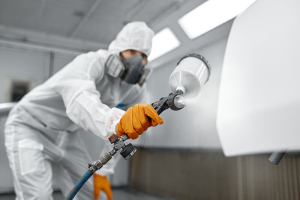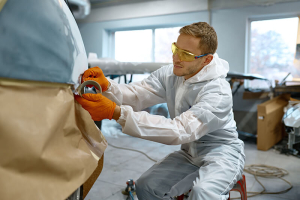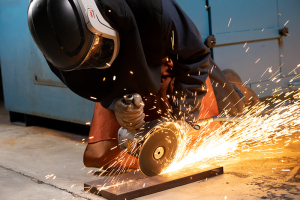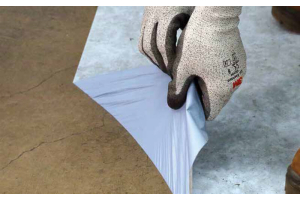Troubleshooting Tips to Keep Your Respirator Working
Troubleshooting Tips to Keep Your Respirator Working
Respirators are among the most important pieces of personal protection equipment (PPE) a person could own, and maintaining the appropriate airflow is just as crucial.
Sometimes a respirator won't hold pressure, letting particulates into the mask. Other times, the airflow could be blocked, making it difficult to breathe. But with an understanding of why a mask wouldn't work correctly, you can make some quick adjustments to get the clean air you need.
Regularly replace your filters
As you use a respirator, filters will pick up the pollutants from the air, and knowing when to replace those filters is critical. After a day or two of regular use, filters will start to discolor or may become difficult to breathe through, so check with your safety officer for the correct replacement guidelines.
When it comes time to replace your filter, follow the manufacturer instructions and make sure everything is correctly connected to ensure the appropriate air flow. You'd be surprised how easy it is to attach a component to the wrong valve.
Repair inconsistent air pressure
If your respirator isn't holding its air pressure, there are a few ways to address it. First, check the mask or hood for any obvious imperfections. A crack in the glass or plastic shield could be the culprit, or more often than not, it's just a loose strap. Alternatively, reduced airflow could be caused by a blocked air inlet, or simply a weak battery pack.
Another culprit could be whether you're using the right respirator altogether. If you don't have a mask that fits correctly to establish a proper seal, it defeats the purpose of wearing a respirator. It's a fairly common problem, so we've put together "Fit Testing is Critical for Getting Protection From Respirators" to help you test and find the right respirator.
Maintaining a powered air-purifying respirator
A powered air-purifying respirator (PAPR) can offer full-face protection to lower the chances of being exposed to toxic fumes or contaminants. However, because PAPRs are often used in high-debris environments, the contact points on their batteries and chargers can get dirty.
All it takes is one lousy particle to disrupt the connection between the battery, the device, and the charger contact points. If you find that your PAPR isn't holding a charge, give your power sources a regular cleaning to help resolve any disruptions in power.
Regular, thorough cleanings are also a good time to check the head suspension, breathing tube, pre-filters, spark arrestors, straps and battery performance. Remember, batteries are designed for a few hundred charge cycles, but they don't last forever. A fresh battery can make your PAPR work like new.
Have more questions?
Please visit our respirators page to learn more about choosing the right respirator for your needs.








